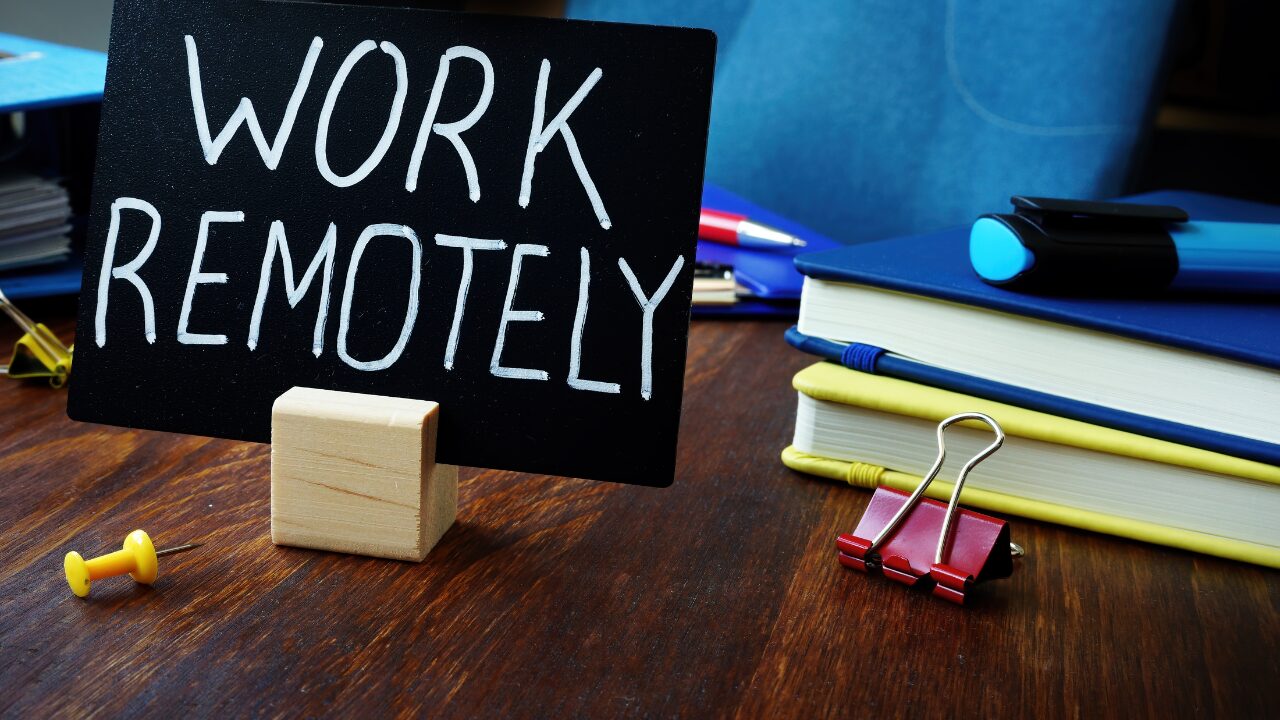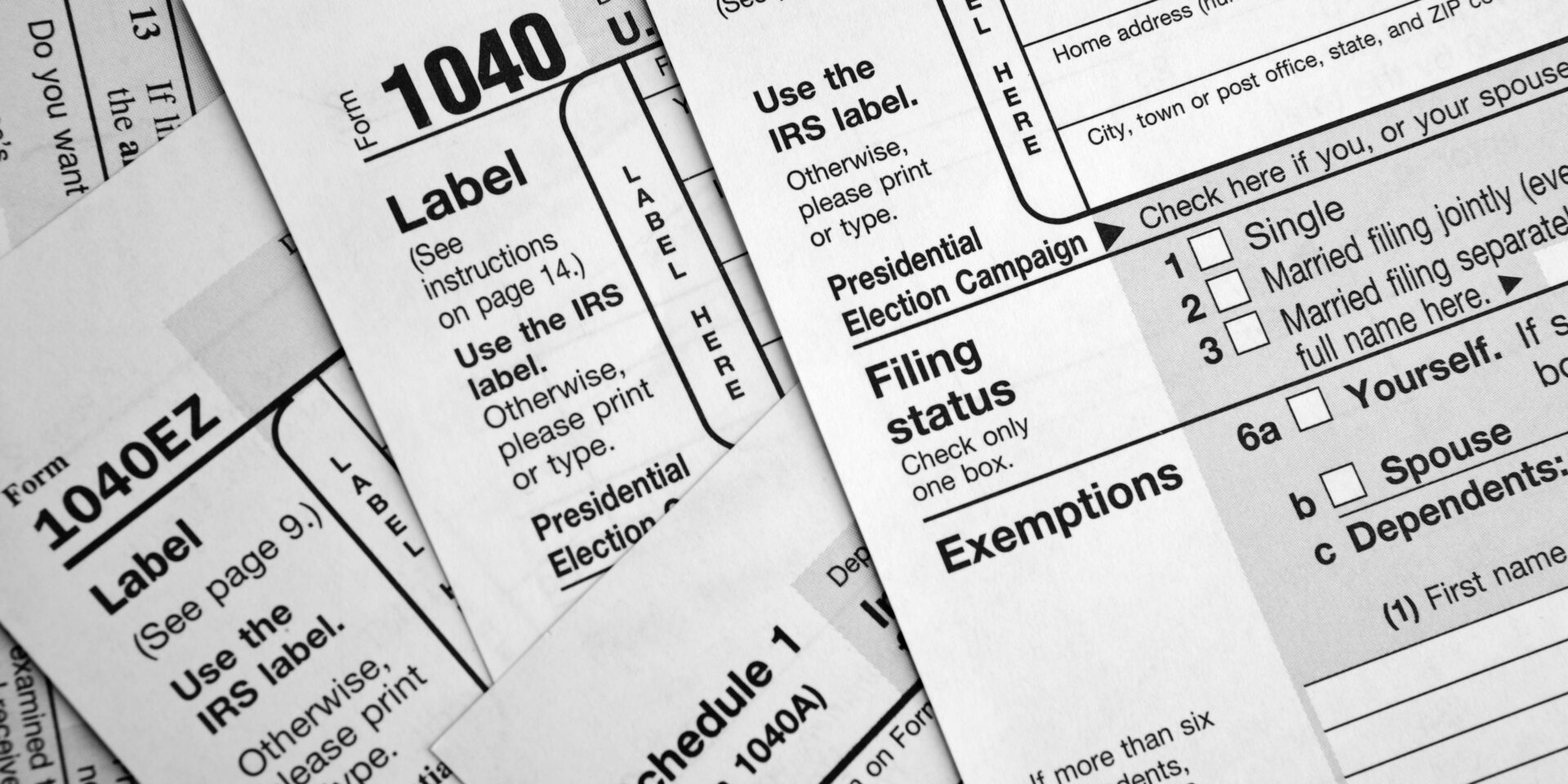Language:
How to Start a Clothing Business

Your fashionista skills were always more than just a hobby. Now, it’s about time you share your love of fashion with the world. ????
Being a designer or clothing brand owner comes with the honor and power of influencing the way people express themselves through style. With the right strategy, your business can flourish, arming your audience with a multidimensional brand and offering that makes being a brand evangelist irresistible.
Step 1: Identify the Need and Niche
You’re probably here because you sensed something missing in the clothing market.
If you feel that every piece of clothing that’s been created is enough, why else would you be starting your business? As a designer, you have a vision. Unlike more technical solutions, like software or consulting services, curated items like clothing can sometimes seem like it’s just there for show. But at the root of every product, there’s always a bigger picture.
First, you have to uncover the need: What’s missing from fashion? Is it a need for more sustainable clothing so landfills don’t overflow with waste, more comfortable fitness clothes so you can go to the grocery store after the gym without being trapped in sweat or sleepwear that makes you feel luxurious so you can enrich your nighttime routine with positivity and self-confidence?
Now that you know what’s missing, recognize your target audience — or your niche market. Because you’ve already established your niche, you can gain clarity about who your dream customer is. Who also cares about these problems? Who craves this solution, but isn’t getting it, and where are they hanging out? Aaron Agius, social marketer and founder of Acquisitionpreneur, encourages niching in e-commerce platforms, especially because “from a marketing perspective, you can easily partner with influencers who serve the niche you are targeting. This helps drive traffic to your online store while adding authenticity and credibility to the specific product you are marketing.”
Step 2: Plan Your Funding
Clothing businesses need investment to make investments. How else would you create your product? ????
If you want to get funded, you can browse through U.S. grants to see what you could be qualified for, or find angel investors if you feel your vision requires more startup capital.
If you’re self-funding*, do your research to see how much an initial investment in your specific clothing type will cost. It’ll likely be between $500 and $1,000 or more. Explore programs like Pietra Studios, which help with sourcing, and ordering if you’re an e-commerce business, and create a business banking account with a program like doola to help you get opportunities to apply for small-business loans.
*Recommended for first-time business owners.
Step 3: Create a Business Plan
A formal business plan will help you stick out from those who just look at this as a hobby. But what can make it even better? An internal plan and an external one. Internally, start doing some research about forming your vision, instilling a healthy mindset and creating patterns to help you achieve your goals.
Externally, write a physical business plan, so your potential collaborators can visualize your goals with you. The U.S. Small Business Administration (SBA) has some business plan templates based on what type of business you’re starting that can help you jumpstart your vision.
Step 4: Decide How You’ll Source Your Products
Your clothing business will work in one of two main ways: Either you’ll be making the clothes or someone else will be. Either way, you’ll have to account for sourcing like comparing costs and seeing how different types of fabric work for the type of clothes you’re creating. If you’re promoting longevity, your fabric will have to reflect that. If your fitness clothing is supposed to be sweat-wicking, don’t buy cotton.
The sourcing process will depend on 1) your fashion design skills, and 2) how your brand positions itself — are you all about quality? Or style? Or both?
Shopify featured Sarah Donofrio, “Project Runway” contender and now a Portland-based clothing designer, who gives her top tips on starting an online clothing store.
“For those just starting out, agents can be helpful,” said Dayna Winter, the feature’s writer, “But Sarah suggests building personal networks and joining communities of designers. Start meeting others in the industry at local incubators, meetup groups, online communities and live fashion networking events.”
Expect this to take lots of time and research, but know that choosing the right materials will be the difference between good reviews and bad.
Step 5: Decide on a Price Range for Your Products
If you have your business plan, a general understanding of your product’s costs and know what niche you’re selling to, you’re ready to decide on a price range for your products.
Remember when we talked about niching in Step 1? If you have your niche, you’ll have an understanding of your niche market or who your specific audience will be.
If you’re selling clothes that are comfortable and affordable, you probably wouldn’t sell a shirt for $90. If you’re selling fitness gear for high-achieving fitness enthusiasts who are comfortable dropping cash on fitness clothing that will last them through hundreds of hot yoga classes and outdoor adventures, you probably can charge a high price.
Other things to think about aside from your niche market:
- The market: What are people spending on right now? What are people afraid to spend money on?
- Manufacturing costs: If you’re selling high-end fitness gear for the high-achieving professional, you’ll probably need to spend more money on high-quality materials.
- Labor costs: Even if you’re getting your clothes manufactured somewhere else, you might still be the one packaging them, especially if you’re working in an Etsy shop where aesthetics are key to your brand. Emily, a writer for PaperMart, says that “branding and packaging are essential to the e-commerce process, not only because they ensure that items make it safely to their final destination but because they enhance the overall customer experience — and happier customers mean better reviews and greater visibility for your business on Etsy.”
- Pricing structure: How and where will you be selling these clothes? Will you be selling them in your own online shop, on Etsy or through local boutiques or studios? What pricing structure will you use?
Step 6: Decide on Your Brand Name and Assets
You already know your brand identity from knowing your niche, and now it’s time to create a name for it. Do some research on general branding to help the name of your business tell your story while giving you space to evolve in the future. Get your brain moving with our 200+ unique LLC business names to get your brain moving — even if you’re not an LLC.
Step 7: Register Your Business
There’s nothing more legitimate about starting your business than registering it. Forming your business gives you the opportunity for tax advantages, small-business loans, opening a business bank account and making your journey as a small-business owner that much more exciting. Two common types of businesses to form a clothing brand:
Limited liability company (LLC): An LLC is great for individuals who are first-time business owners. This gives you advantages like tax write-offs and is relatively easy for a business owner who’s still building the business’s income.
C Corp.: A C Corp. is for larger organizations that want several owners and stock invested in their company. This is typically seen as a more established business for interested venture capitalists and investors compared to an LLC.
Step 8: Create a Space and Market Your Clothing Online
Having a space — whether in-person or online — is key for getting eyes on your products. If you’re looking to stay budget-friendly, you can easily start a social media account and a website for your business to showcase your clothes through social posts and a gallery page on your site. Etsy is a great option to get your name out there and collect reviews on your clothes, especially when you’re starting out.
The key isn’t to be perfect — it’s to start. Find where your customers are based on niche market research. And most importantly, have fun. Starting a business is a unique opportunity that not everyone pursues. Take it day by day, enjoy the journey, and let our team at doola help you form your business.
Advantages of a Clothing Business
If you’ve always dreamed of owning your own clothing business, there’s great potential for increased profits, especially if you work with a financial specialist to have the right pricing structure. You can also get creative with influencer marketing, sharing your clothes with lifestyle bloggers and influencers and gaining lots of traction through social marketing strategies.
Things to Consider Before You Start
Think about initial costs before your start. You’ll need to have upfront investments before being able to sell anything. You’ll also want to consider operational challenges, like coordinating with your suppliers, shipping costs if you’re starting an e-commerce-based business and material quality.
Start Your New Clothing Business on the Right Foot.
You might have heard us mention the importance of hiring specialists to help you through your journey. For example, a financial specialist can help you with your pricing structure. A big misconception about starting a small business is that you have to go at it alone — but it isn’t so! With doola, you can start your business off on the right foot and with a support system.
FAQs
How much does it cost to start a clothing line?
The cost of starting a clothing line can be extremely variable depending on the type of clothing you plan to sell or make. If you plan to source products and private label a budget of $500 – $1000 is typically the minimum to get started but can range to tens of thousands of dollars depending on what you plan to source. If you are making the clothing in house you must consider the costs of equipment, material and possibly staff.
Is owning a clothing store profitable?
Owning a clothing store is typically more difficult than an eCommerce shop, as you’ll need to pay for overhead like rent. If it’s your first time as a small-business owner in clothing, consider budgeting some money and starting an eCommerce sore first. But if you do want to start a storefront business, make sure you’ve done your research to ensure you can cover things like rent and hiring staff.
Can you start a clothing business with no money?
If you’re not doing dropshipping, you’ll need some sort of initial investment to pay for materials before you can expect a return.
How many items do you need to start a clothing line?
Many suggest that you should have between nine and 12 styles for your collection, both so your website and/or Etsy shop are filled and your customers can see your style and understand your brand.
How do you find a clothing manufacturer?
Online directories like Maker’s Row are a great way to start looking. You can also browse niche-specific Facebook groups to see what other business owners recommend.
Keep reading
Start your dream business and keep it 100% compliant
Turn your dream idea into your dream business.
















